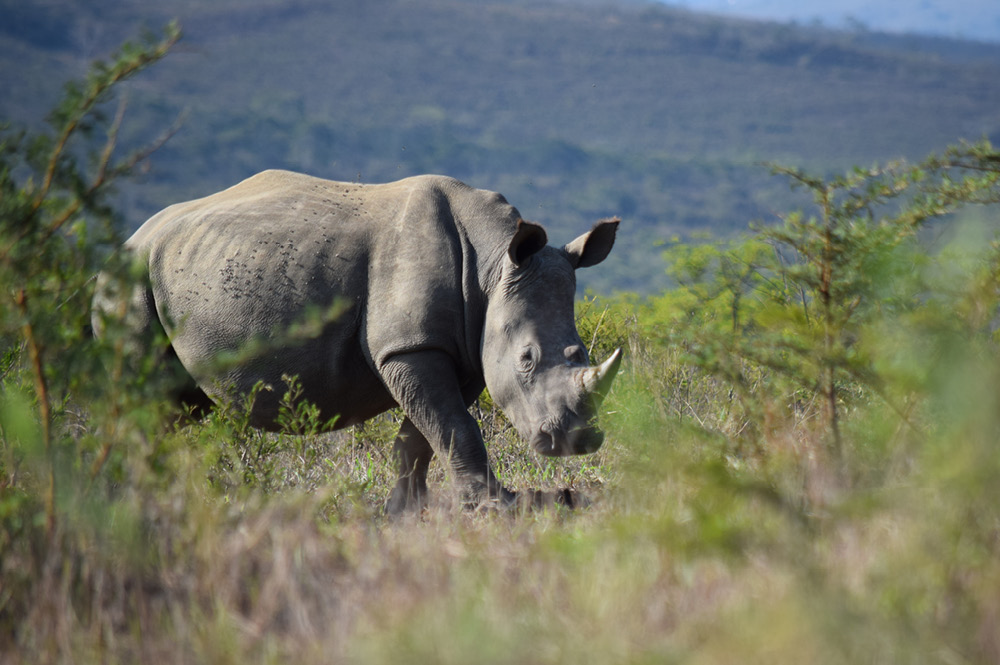A powerful new online tool is shining a spotlight on the global routes used to traffic rhino horn illegally. The tool, created by TRAFFIC and funded by Save the Rhino and the International Rhino Foundation, offers an insight into the illegal trade routes used by rhino horn traffickers.
The seizure data used within the tool was recently published in a report compiled by TRAFFIC, alongside the Rhino Specialist Groups from the IUCN Species Survival Commission, for the Convention on International Trade in Endangered Species of Wild Fauna and Flora (CITES).
The report shares official updates on rhino population numbers across different countries ahead of the triennial Conference of the Parties (CoP) to CITES.
The new tool analyses seizures from the CITES Illegal Trade Database and TRAFFIC’s database, showing which countries were most affected by illegal trade in rhino horn and the dynamics of trade routes over time. The key points included:
- Between 2021 and 2023, there were more than 750 seizures that included rhino horn
- Approximately 1.8 tonnes (1,800 kg) of horn was seized (estimated to be equivalent to 716 whole horns)
- The largest seizure (by weight) was in South Africa, when 160 kg of rhino horn was seized en route to Malaysia. The next largest was a 139 kg seizure in Viet Nam, from horns originating in South Africa
With the largest rhino population in the world, it’s to be expected that South Africa remains the country with the highest number of illegal trade links. Seizures in South Africa accounted for 66% of global seizures (by weight) and 90% of those within African rhino range states.
Malaysia represented the largest trade link by weight, followed by Viet Nam, with large seizures in both countries implicating them as end destinations. Such large-scale seizures, at times including illegal wildlife products from other species such as elephants and pangolins, also indicate the involvement of organised crime networks operating across international borders.
These organised crime groups constantly evolve their tactics, regularly changing trade routes to evade law enforcement. Increasingly, Qatar and the United Arab Emirates have emerged as transit hubs for illegal trade from South Africa, alongside Angola and Mongolia. In contrast to previous data, there was a decline in involvement of the Hong Kong Special Administrative Region of China and mainland China, as well as Mozambique. These shifts could be the result of effective enforcement and demand-reduction measures in place, or challenges in data reporting, which can make long-term analysis difficult.
By showcasing the shifting and complex global pathways used to traffic rhino horn, the new tool provides a helpful visual resource for conservationists, enforcement agencies and policymakers. Its insights highlight where the threat is greatest, and show the multiple routes used by organised trafficking networks. To view the tool and investigate further, click here.








